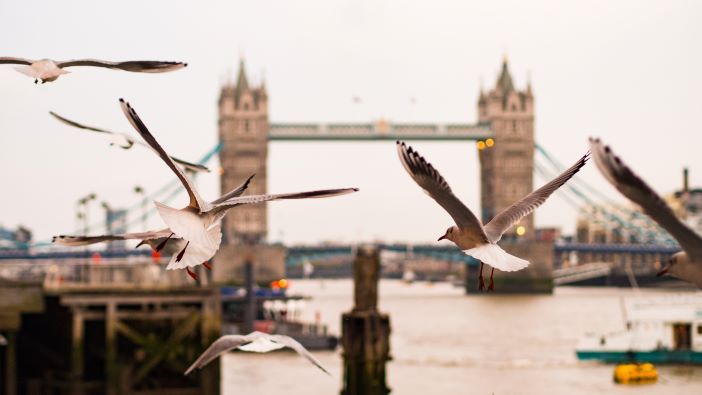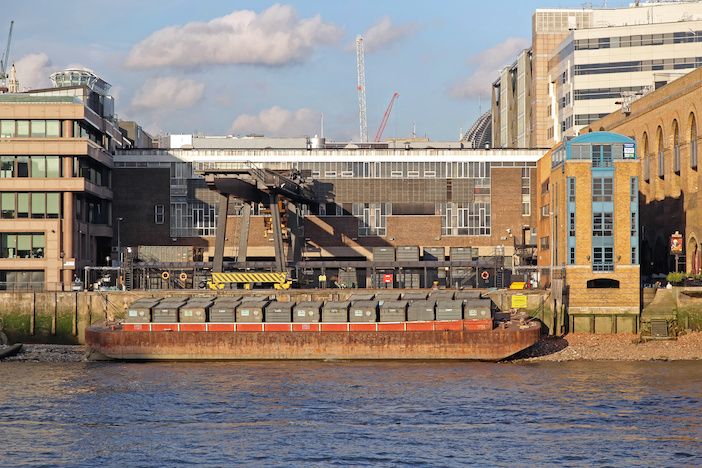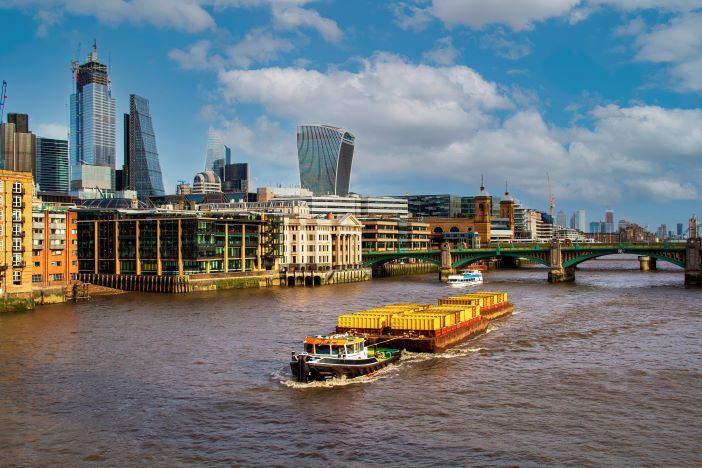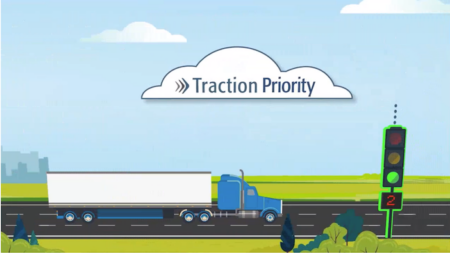The ‘Mode Shift Revenue Support (MSRS) – Light Freight Analysis Report’, published by the Thames Estuary Growth Board and Port of London Authority (PLA), highlights changes to the UK government grant scheme that could maximise the potential for freight movements to switch from road to water.
The report, by consultants WSP, recommends:
- Changing the assessment criteria for river freight funding applications to take account of the additional barriers faced by waterborne operators.
- Encouraging innovation, particularly for light freight, through either adapting criteria or providing alternative funding avenues.
- Developing a pilot study to support light freight operations for specific movements to test alternative mode shift support mechanisms or initiatives.
- Allowing grant funding for the purposes of capital expenditure, rather than purely for operating costs, particularly to unlock innovative light freight solutions.
The analysis also answers some questions about funding criteria. With a review of the MSRS scheme due in 2024, the report sets out the barriers and solutions which could help unlock better use of the Thames to move freight, as well as other waterways across the UK. Handling just 3% of the 700 million parcels delivered in London annually, for example, could switch the economics to make river freight competitive with traditional road freight.

While the UK government’s MSRS scheme aims to remove short term financial barriers that prevent companies moving away from road transportation and helping cut CO2 emissions, the WSP analysis outlines several ways in which the current funding criteria inadvertently disadvantage light freight, resulting in extremely low numbers of successful applications.
Informed by stakeholder experience and feedback, the analysis examines the historic awards of MSRS grants and reviews the scale of the awards to the river freight sector. It assesses application requirements and the cost-benefit equation for river freight routes for potential grant applications in order to gauge the suitability of MSRS for these routes – both new and existing split across light and heavy freight and the different considerations of each.
Making better use of the river could significantly contribute to net zero ambitions. It also improves air quality. The level of NO2 and CO2 emissions reduced through river transport depends on the speed at which low and zero carbon vessels can be brought to market. An NHS/CEVA/Livetts trial moving hospital supplies via the Thames demonstrated immediate emission reductions through the use of existing alternative fuels such as HVO (biofuel).

Every 1,000-ton barge of goods transported along the river removes the need for roughly 100 trips made by lorry, cutting congestion.
Perry Glading, deputy chair of the Thames Estuary Growth Board, says: “We hope this new research will help get the dialogue on what is possible moving at a faster pace, driving a real shift from road to water.”
Robin Mortimer, CEO of PLA, says: “The Thames is already the busiest inland waterway in the UK. Interest in using the river to move light freight has never been stronger, with a number of trials completed and in the planning this year alone. This Mode Shift report identifies how the funding scheme can better serve the light freight market. With the adjustments proposed, the MSRS can become critical in supporting light freight on the river Thames reaching its potential.”
The ‘MSRS – Light Freight Analysis Report’ follows on from the ‘Light Freight on the River Thames study’ which was published earlier this year and assessed the potential for increasing river freight movements in the near term. The earlier study, commissioned by partners at the Thames Estuary Growth Board and PLA, defines what a commercially viable river freight solution might look like, alongside a well costed business case.
Moving freight onto the river is a key part of the Thames Estuary Growth Board’s ‘Green Blue Workplan’, which describes practical steps to realising the huge potential of the Thames Estuary, the UK’s number one government-backed green growth opportunity. This is coherent with the PLA’s Thames Vision 2050 Framework outlines its ambitions to ensure that the Thames contributes to the climate emergency response and net zero.
Sam Boyd Williams, Technical Director at WSP says: “The findings from our report show the many ways in which the MSRS could be revised to support innovative step changes in freight and logistics on the River Thames. This will support the delivery of the environmental, social and economic benefits river freight can contribute to our estuary cities, and support wider net zero ambitions through the decarbonisation of transport and improved air quality.”
Images: Adobe Stock.





